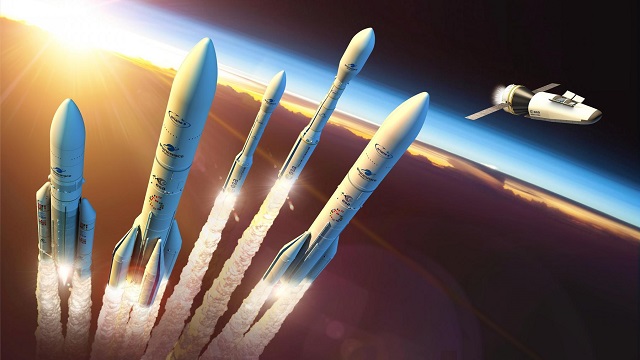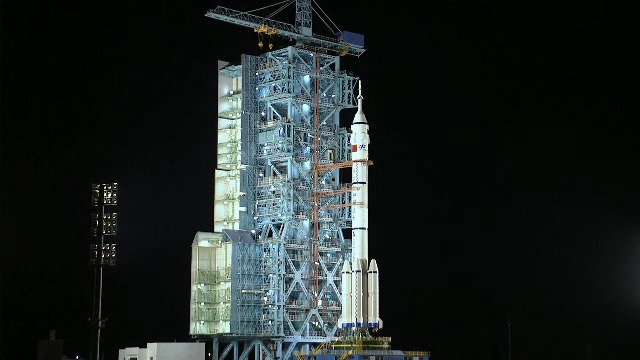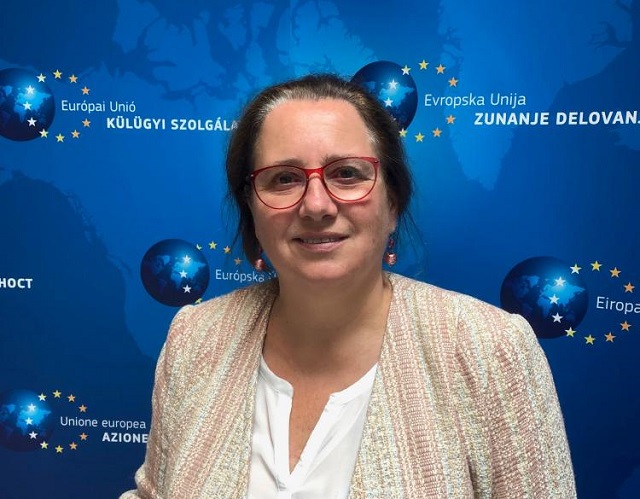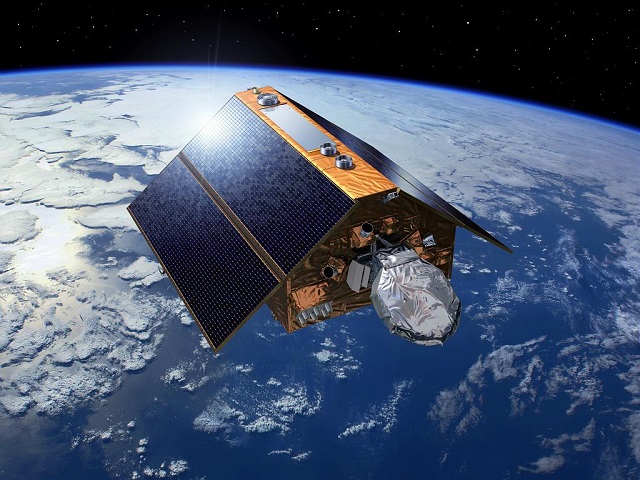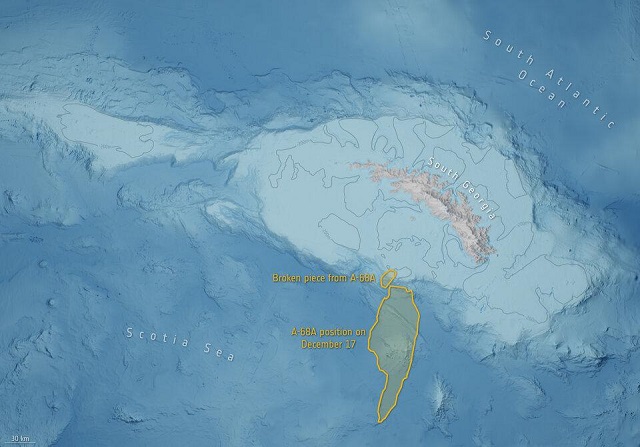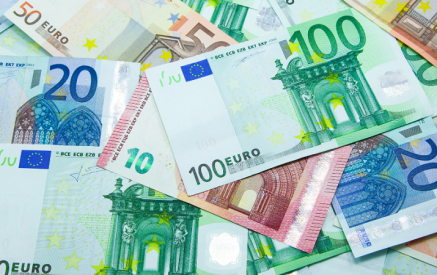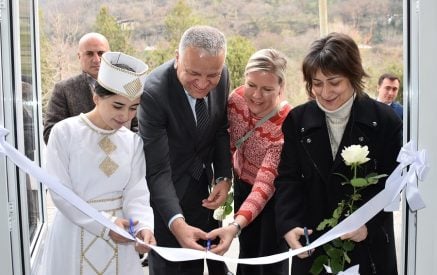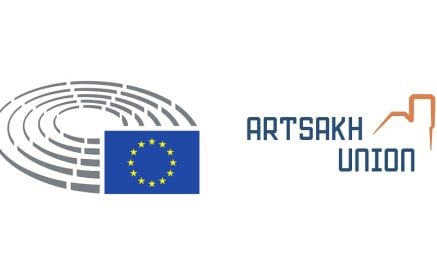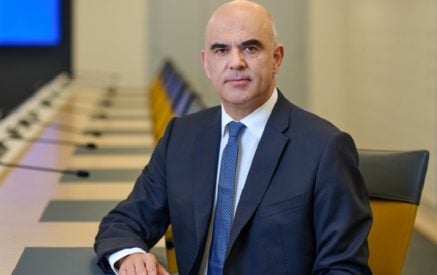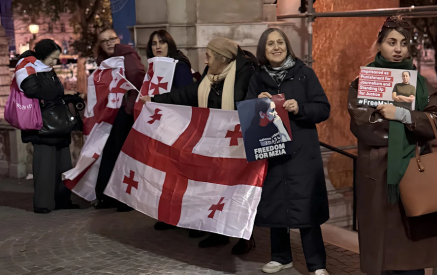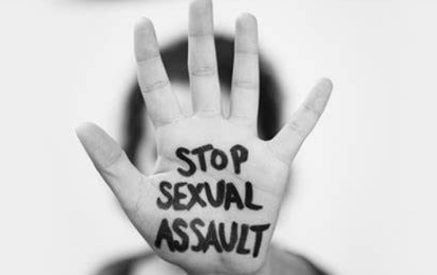Imagine a world where space technology can be used to rescue people at sea; satellite systems to identify major climate changes; and Earth observation technologies helping farmers to monitor crops, reduce water waste and avoid poor fertilisation… Sounds futuristic, but this is happening… and happening now! Just days after the launch of a new decade, the European Space Conference convened to take stock of what has been done, and to look forward to Europe’s future space policy, its programs and missions.
The 13th European Space Conference organised by the European Parliament, the European Commission, the European Space Agency and Business Bridge Europe, is being held virtually on 12 and 13 January, with the participation of the EU High Representative Josep Borrell.
The role of space in the European and national recovery plans; secure public telecommunications in Europe resilience and critical value chains; research and European space competitiveness; space and defence; space applications; the digital transition; European new space exploration; and international space cooperation and business, feature amongst the issues discussed in this year’s European Space conference, themed ‘Space Embracing a Changing World: Green, Digital, Resilience & Security(link is external)’.
Read also
EU High Representative Josep Borrell opened the second day of the conference: “Space is a crucial component of our wider work on developing Europe’s strategic autonomy. If there is one thing that the pandemic and 2020 have taught us, it is that we need to enhance our strategic autonomy – in different domains (…) Our presence in space enables us to achieve our goals in science, economy and security. In this way, our European space sector is an enabler of European strategic autonomy,” he said.
Borrell went on to explain that strategic autonomy is about protecting our capacity to act according to our interests and reducing our over-dependencies and vulnerabilities. In that respect, space is one of the ‘frontlines’ of our strategic autonomy.
The High Representative also explained how the EU Space programme and its flagships: GALILEO, EGNOS(link is external) and COPERNICUS(link is external), have and will continue to enhance our economy. But they will also amplify our Foreign and Security Policy, including its defence aspects. He described how space and defence technologies are interlinked. For example, EU space-based applications can provide crucial operational capacity such as precision navigation, surveillance, communications, and situational awareness. “We are supporting member states to strengthen their cooperation, for example in the PESCO framework. However, we need to do more and developing strong space capabilities will remain a central focus for years to come,” he said.
On the future of EU space policy, Borrell envisages two main pillars:
- ‘security from space‘ – to protect the security of the Union and of its citizens on Earth dealing with security situations such as disaster response, border and maritime surveillance and terrorist attacks. The EU Satellite Centre located in Torrejón de Ardoz plays an essential role, and it has been instrumental to the success of the EU’s military operation IRINI in the Mediterranean.
- ‘security of space‘: to protect the security of the Union in space. This pillar in turn has two legs. Our ability to react in the case of a threat to the Union’s space assets, on the one hand; and the Space Traffic Monitoring leg on the other hand. This pillar allows us to continue using space as an enabler for our economy and our other policies.
These two pillars are based on the ‘3SOS initiative‘: Safety, Security and Sustainability of Outer Space, an EU campaign promoting ‘good behaviour’ in outer space amid concerns about orbital debris and arms race. “It is urgent to act together at worldwide level”, stresses Borrell.
“Space is a valuable asset but it is more and more congested, contested, and competitive. That is the reason why we need to take action for a safe, secure sustainable outer space,” the EEAS Special Envoy for Space, Mrs Carine Claeys reaffirms.
The Space Task Force headed by the Special Envoy for Space, and working under the direct responsibility of the EEAS Secretary General, provides analysis and policy recommendations on all issues related to space as well as operational support.
In 2015 the first Special Envoy for Space was nominated and the Space Task Force created with a view to help the High Representataive and the Council to avert treats to the Galileo system, and through the Galileo system, to the European Union and its Member States. Since its setting up the EEAS has the responsibility of the operational direction of the European Satellite Centre.
Stories launched from Space
Galileo replies to SOS messages worldwide
As well as providing global navigation services, Europe’s Galileo satellite constellation is contributing to saving more than 2000 lives annually by relaying SOS messages to first responders. Satellites will reply to these messages, assuring people in danger that help is on the way. Thanks to this ESA-design ‘return link’ system “Anyone in trouble will now receive solid confirmation, through an indication on their activated beacon, informing them that search and rescue services have been informed of their alert and location,” explains ESA’s Galileo principal search and rescue engineer, Igor Stojkovic. Read the full story(link is external) – Source: European Space Agency (ESA)
Sea-level monitoring satellite results surpass expectations
Rising seas are at the top of the list of major concerns linked to climate change. Monitoring sea-surface height is critical to understanding the changes taking place so that decision-makers have the evidence to implement appropriate policies to help curb climate change and protect vulnerable communities. The Copernicus Sentinel-6 Michael Freilich satellite was lofted into orbit on 21 November from California. The satellite carries Europe’s latest radar altimetry technology to extend the long-term record of sea-surface height measurements. On 30 November, flight operators switched on Sentinel-6’s Poseidon-4 altimeter instrument, which was developed by ESA. Analysing its initial data, specialists were astonished by the quality. Director of ESA’s Earth Observation Programmes, Josef Aschbacher, said, “We are delighted with these first results (…) Copernicus Sentinel-6 is a mission that has been built in cooperation with the European Commission, Eumetsat, NASA, NOAA and CNES – with all parties playing essential roles that make this mission the success we are seeing today.” Read the full story(link is external) – Source: European Space Agency (ESA)
Europe´s protected areas benefitting from EGNOS
The European Geostationary Navigation Overlay Service, EGNOS, presents a public and free tool to help nature conservation. According to Europarc(link is external), EGNOS, can support protected areas by providing more accurate positioning data in typical GNSS field operations related to conservation of their ecosystems and management of their infrastructures. One of these examples is the Alt Pirineu Natural Park(link is external), the largest natural park in Catalonia, Spain. Olga Nicolas and Elisenda Montserrat, both technicians from the Natural Heritage(link is external), are using EGNOS for fauna and flora studies and other forestry works. Activation of the EGNOS service was very easy for them as confirmed by Ms. Nicolas: “EGNOS is automatically configured in our GPS Garmin and the use is very simple”. This service provides them with the accuracy they need at no additional cost, being an efficient tool “in the location of points, fields and transects”, as clarified by Ms. Montserrat. Read the full story(link is external) – Source: European Global Navigation Satellite Systems Agency (GSA)
From farming to monitoring coffee disease
From Spain to Kenya… Graniot, a team from Spain, won the 2020 Farming by Satellite(link is external) Prize. The winning team developed a web application that uses European satellite technologies to help agronomists and farmers monitor crops, reduce water waste and avoid poor fertilisation practices. The Farming by Satellite Prize promotes the use of GNSS and Earth observation in Europe and includes a special Africa Prize, that was awarded to the Kenyan-Italian team GeoM&E for a solution to monitor coffee diseases. Hans Dufourmont, a judge for the European Environment Agency (EEA), highlighted the environmental credentials of the entries: “The agricultural sector needs to continue developing sustainable food production practices and improve their impact on the environment and climate. It’s great to see Galileo and Copernicus convincing young farmers to become tech savvy entrepreneurs and develop competitive yet sustainable agriculture.” Read the full story – European Global Navigation Satellite Systems Agency (GSA)
Giant iceberg loses chunk of ice
Satellite missions have been used to track the A-68A berg on its journey since 2017, when it broke off the Larsen C ice shelf in Antarctica. Over the past weeks, the A-68A iceberg has drifted alarmingly close to the remote island of South Georgia, where scientists feared that the iceberg could ground in the shallow waters offshore and threaten wildlife. Recent satellite images, captured by the Copernicus Sentinel-3 mission, revealed that the iceberg has spun around in a clockwise direction, moving one end of the berg closer to the shelf and into shallow waters. In doing so, the berg could have scraped the seafloor, measuring less than 200 m deep, causing an enormous block of ice to snap off the iceberg’s northern tip. Read the full story(link is external) – Source: European Space Agency (ESA)
Back to the future
As the world leaves behind the challenging year of 2020, the European Space Agency looks forward to a brighter and exciting 2021 as Vega-C makes its maiden flight followed by Ariane 6 next year; two ESA astronauts start long-duration missions on board the International Space Station; and BepiColombo and Solar Orbiter continuing their voyages around the Solar System. Also this year, the ESA has bid farewell to Director General Jan Wörner as his tenure came to an end, while welcoming into office his successor, Josef Aschbacher. Watch the ESA 2021 preview!
European Union




















































